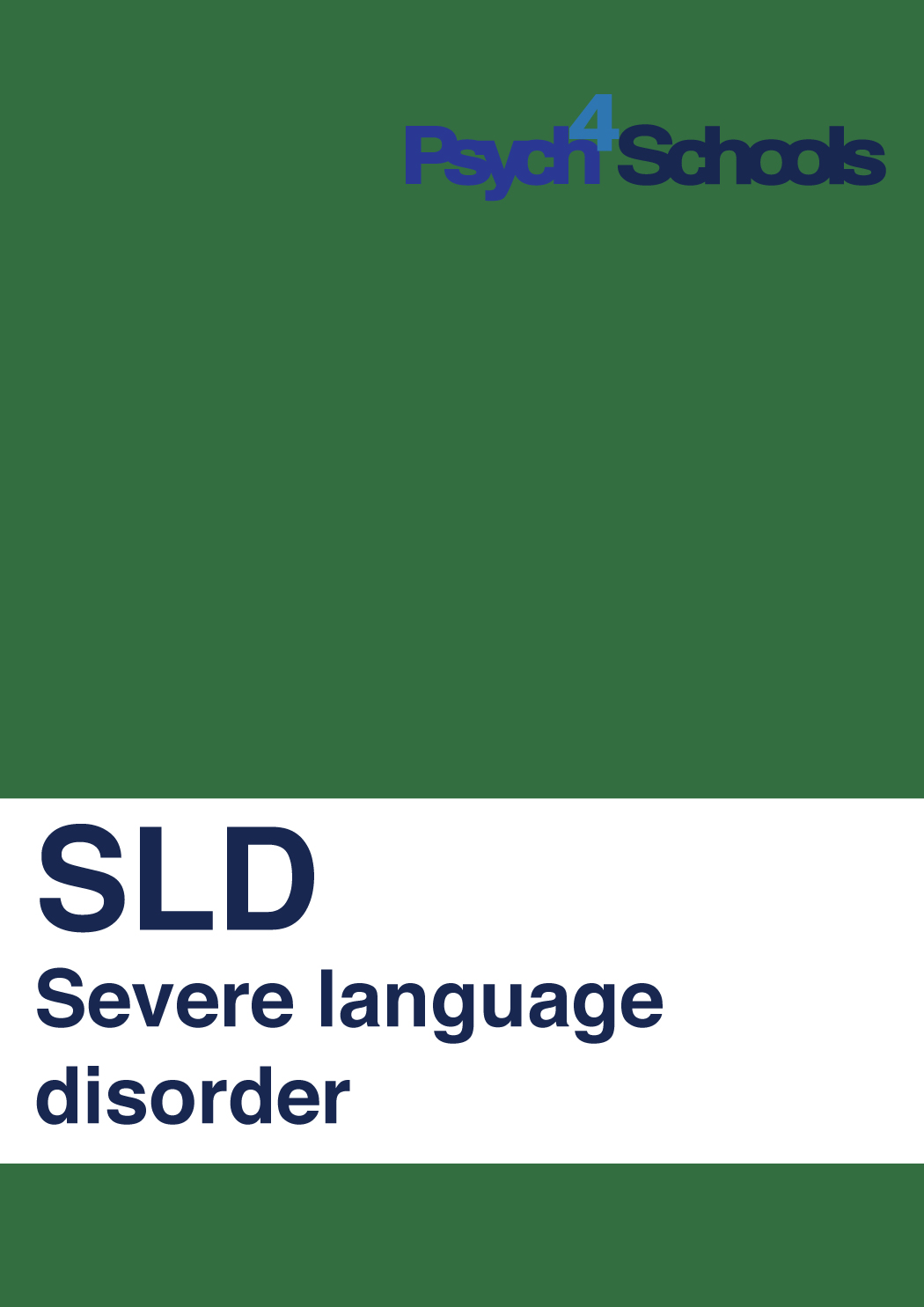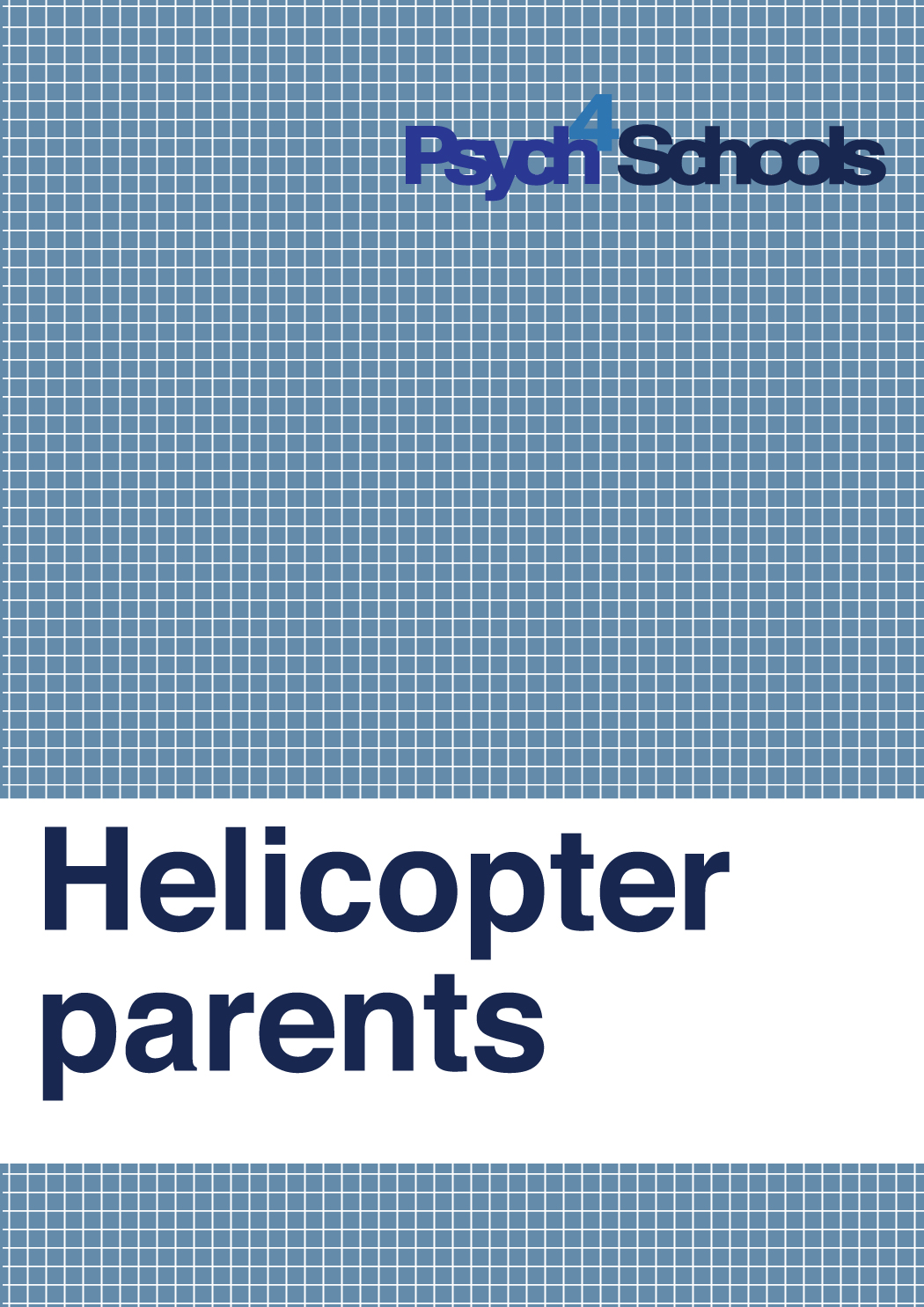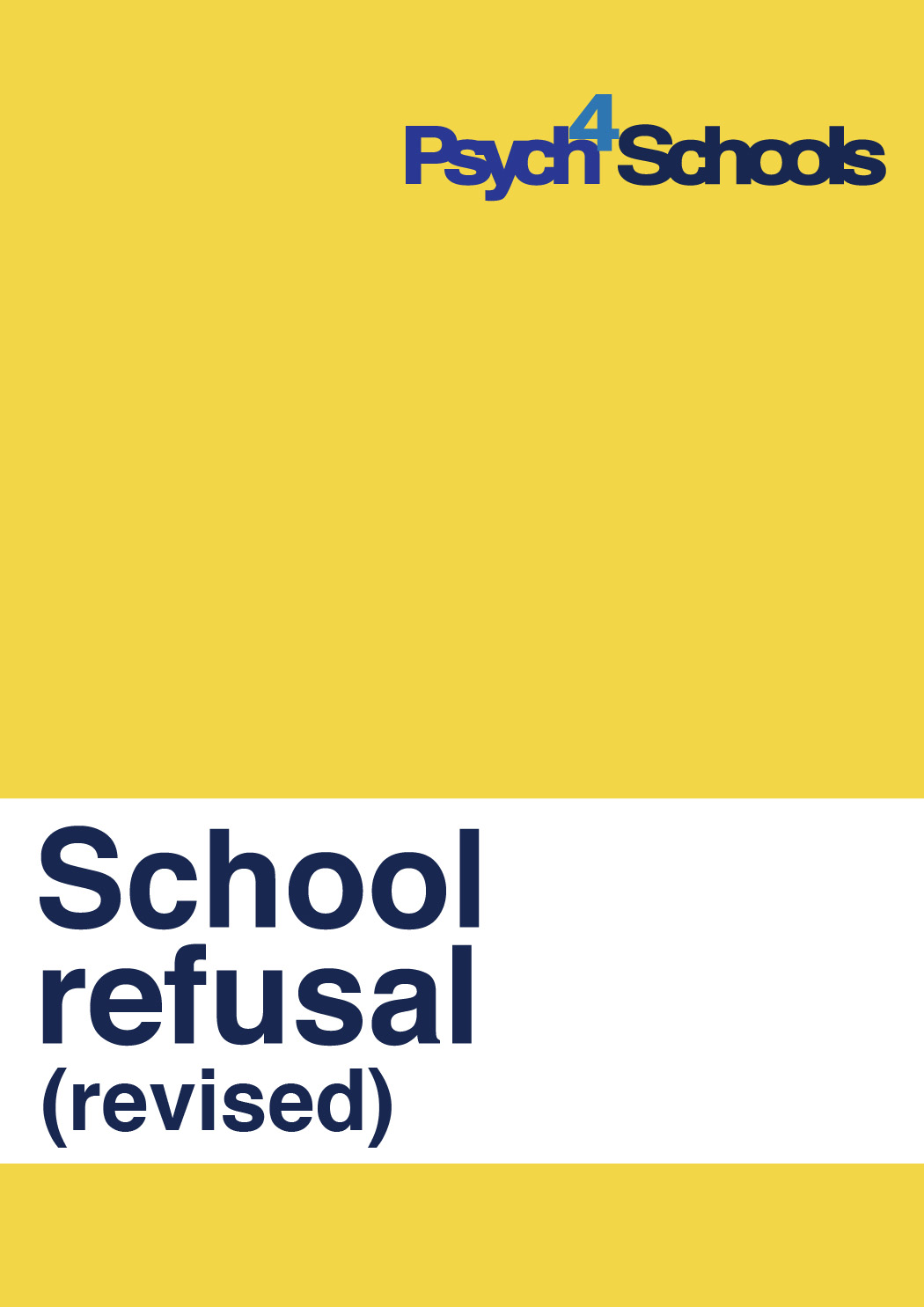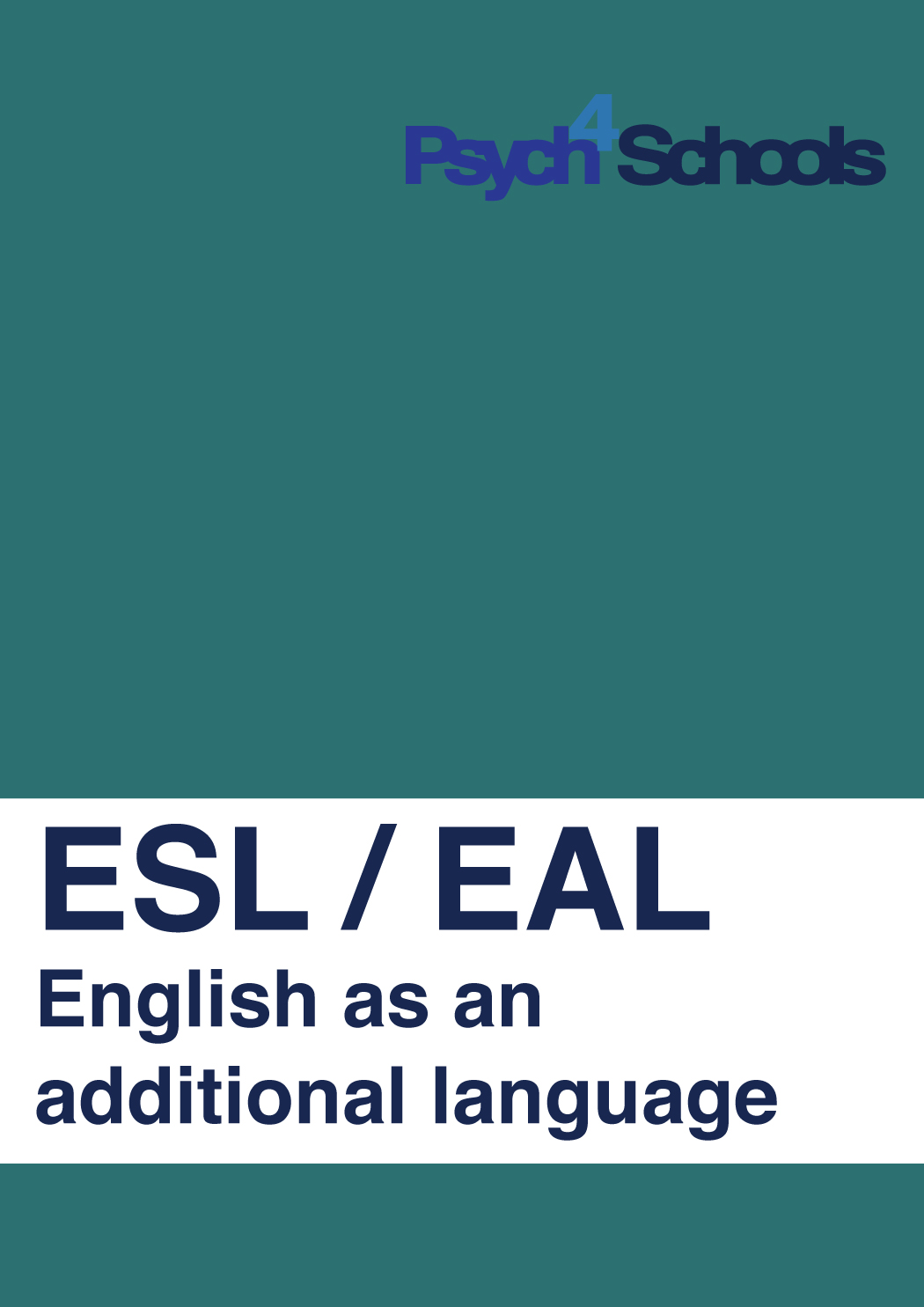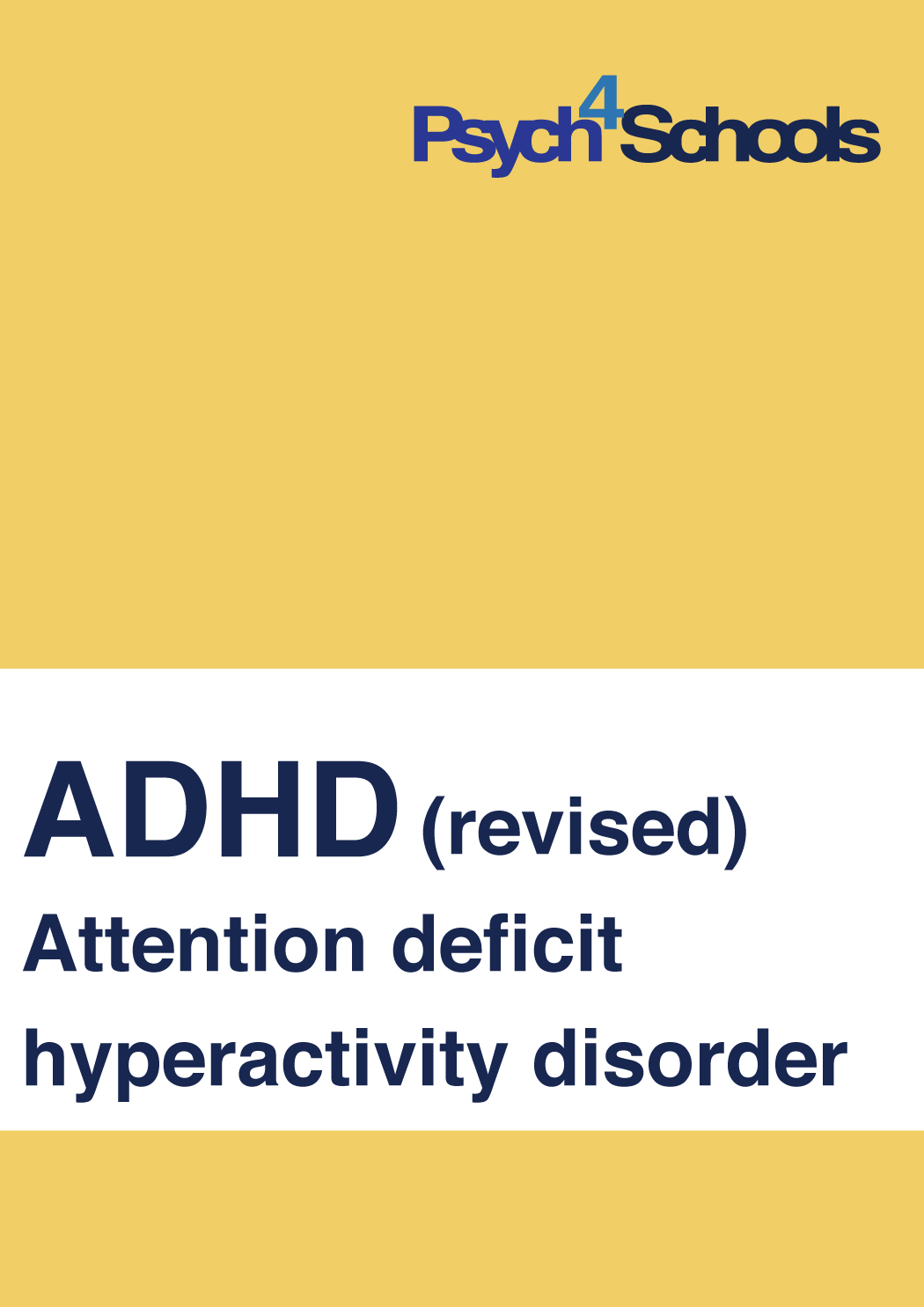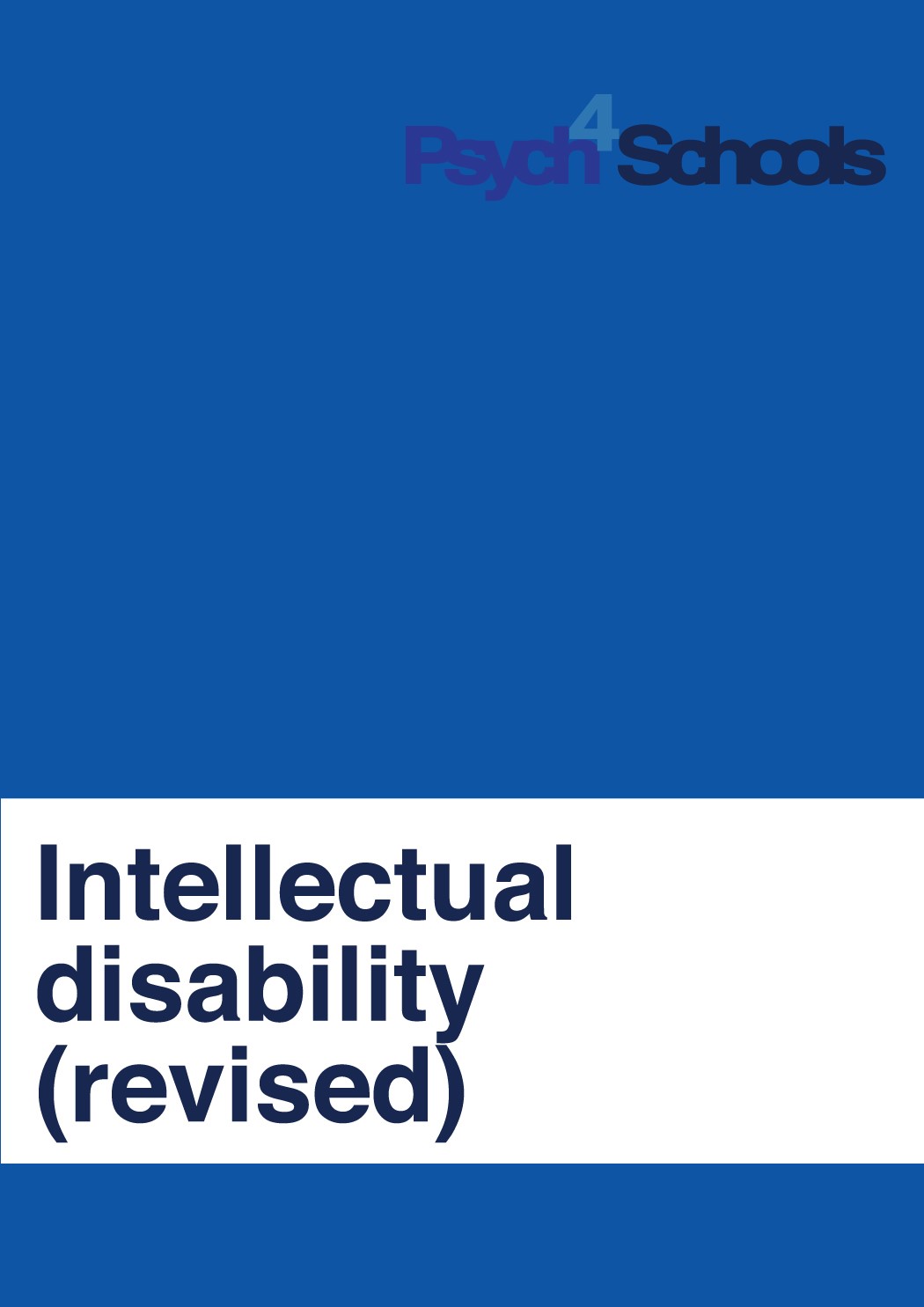Severe Language Disorder
The following is an excerpt from the ebooklet Working with children diagnosed with a severe receptive or expressive language disorder by Murray Evely and Zoe Ganim.
Introduction
Children with a language difficulty have trouble understanding, using and processing language. Approximately 6 per cent of school-aged children have significant speech and language problems.[1] Speech Pathology Australia 2003 sourced from http://www.speechpathologyaustralia.org.au/ In some parts of Australia, the number is as high as 13 per cent.[2] McLeod, S., & McKinnon, D. (2007). Prevalence of communication disorders compared with other learning needs in 14,500 primary and secondary … Continue reading
Severe language disorder is classified as a communication disorder[3] American Psychiatric Association. (2013). Diagnostic and statistical manual of mental disorders (5th ed.). Arlington, VA: American Psychiatric … Continue reading in the DSM-5(Diagnostic and Statistical Manual of Mental Disorders, Fifth Edition). Speech and language disorders can also be referred to as learning difficulties since they impact on a child’s ability to listen, think, speak, read, write, spell, or do mathematical calculations. There are two general types of language difficulties: expressive and receptive.
Children with expressive language difficulties have difficulty using words to convey what they want to say. As they get older, these children will have difficulty expressing their ideas logically and clearly, and using grammatically correct sentences.
Children with receptive language difficulties have trouble processing and understanding the meaning of what other people say. Almost all children with receptive language difficulties also have expressive language difficulties. Their weakness in understanding oral language generally limits the development of a broad vocabulary, and can have significant implications for other learning, behaviour, and social emotional development.
Children may be diagnosed as having mild, moderate or severe language difficulties. While treatment strategies are similar for all language difficulties, mild and moderate difficulties are less severe and are best treated with strategies devised to address the specific language weaknesses identified by a speech pathologist.
Since children with language disorders have better developed nonverbal abilities, their nonverbal thinking and reasoning abilities should be harnessed when working with these children.
Expressive language disorder
These children have significant difficulty using spoken and written language. They are behind their peers in their vocabulary development, ability to use and recall words to express themselves, and use of appropriate grammar and semantically correct language. This disorder can range from an instance where the child is unable to speak at all through to less severe cases where the child is unable to express ideas at an age-appropriate level.
Mixed receptive-expressive language disorder
These children have significant difficulty both using and understanding spoken and written language. They find it difficult to process and understand the words they hear, have a reduced ability to generalise or transfer knowledge, and have difficulty expressing them selves using words. They may also experience problems differentiating between similar phonetic sounds; understanding the meaning of text, spoken words or grammatically complex sentences; linking ideas; and understanding the use of sarcasm and non-literal phrases. They can also have difficulties with short-term auditory memory.
How are children diagnosed with a language disorder?
Diagnosis of a severe language disorder requires standardised assessment protocols completed by a speech pathologist and psychologist. Refer a child who displays traits of a language disorder to a speech pathologist, with parent approval. Teachers and parents can provide valuable information regarding language, learning and behaviour in the school and home contexts that can contribute to the assessment process. Most speech pathologists will have a one or two page checklist for teachers and/or parents to complete.
A speech pathologist administers standardised tests of speech and language, and a psychologist administers IQ tests that include a measurement of nonverbal intelligence to diagnose language disorders. To be diagnosed with severe language disorder, children must have the following:
- significantly below-average receptive and expressive language development (mixed receptive-expressive disorder), or below-average expressive development (expressive language disorder)
and
- a nonverbal intellectual capacity that is significantly higher than their verbal intellectual capacity. This is measured using a standardised assessment of nonverbal intelligence.
The language disorder cannot be accounted for by an intellectual disability, hearing impairment, neurological damage, emotional issues, cultural factors, or relate to being from a non-English-speaking background. In some cases, these factors may coexist with a language disorder but they cannot be the cause of the disorder.
Behaviours or traits of children with a severe language disorder
Children with a severe language disorder may exhibit some of the following behaviours or traits at school:
Language behaviours:
- difficulty recalling the names of objects or actions
- difficulty inferring from verbal and written information
- frequent use of non-specific words such as ‘thing’ (known as ‘circumlocution’, where the child talks around a subject they are not sure about)
- frequent grammatical and word order errors in speech and written words
- tendency to respond using gestures rather than speech, such as pointing to objects
- difficulty following instructions
- limited vocabulary and conversational skills
- difficulty sequencing an event
- use of short, simple sentences
- short-term auditory memory issues and reduced memory for language use
- reluctance to ask questions or contribute to classroom discussions.
Reading and spelling issues:
- problems breaking words into their phonetic (sound) components
- a tendency to rote learn words, that may lead to later issues with reading and spelling
- slow reading rate or issues with reading fluency
- difficulty comprehending the implied meaning of text and making inferences
- difficulty demonstrating their understanding of a text either verbally or in writing
- difficulty understanding the meaning of words.
Behaviour and social/emotional issues
An ability to understand others and express oneself clearly, succinctly, confidently and convincingly is crucial for active engagement with classroom programs, and the development and maintenance of successful, positive peer relationships. For this reason children with poorly developed language skills are more likely to display challenging behaviours, have social difficulties and be at risk of future mental health issues.[4] Snow, P. S., Language competence: A hidden disability in antisocial behaviour. InPsych. The bulletin of The Australian Psychological Society … Continue reading
Alarmingly up to one third of primary school age boys referred for psychological services because of challenging behaviours have significant but previously unsuspected oral language deficits[5] Cohen, N., Davine, M., Horodezky, N., Lipsett, L. & Isaacson, L. (1993). Unsuspected language impairment in psychiatrically disturbed … Continue reading, and approximately 50% of young male offenders have significant undiagnosed language impairments [6] Snow, P. C. & Powell, M. B. (2011a). Youth (In)justice:Oral language competence in early life and risk for engagement in antisocial behaviour … Continue reading
Teachers, psychologists and others should therefore consider the adequacy of the language skills of children who display behavioural problems. Behavioural issues of these children may include:
- an apparent failure to listen when spoken to
- poor conversational skills, such as a lack of ability to take turns or maintain a topic
- challenging classroom behaviours such as procrastination, disorganisation, frequent misplacement of materials, inattentiveness, poor concentration, a lack of perseverance, and/or general disruptiveness
- difficulty following verbal instructions
- short attention span
- anxiety or depressed mood
- frequent displays of frustration
- anger management issues
- difficulty making and keeping friends
- withdrawal from peers.
Academic difficulties
Since following instructions, reading and writing are all language-based activities there may be difficulty across all areas of academic performance.
Children with language disorders can present with a broad range of strengths and weaknesses. The diagnosis of a severe learning disorder does not mean the child cannot learn. These children struggle with language throughout their life, but their ability to function independently at school and in society will improve, given the right support. Thus, it is essential that these children receive regular speech therapy with a speech pathologist to assist the development of their oral language, as well as linguistic and literacy support, and learning support through the use of visual aids and ‘hands on’ learning.
Unidentified and under-resourced students with severe language disorders can potentially become disruptive students who struggle with literacy and learning in primary school. This issue may influence attendance and school retention rates, as these students are likely to become school truants and/or drop out during secondary education.
Strategies to support the child with a severe language disorder
- The child should receive intervention and support from a speech pathologist, where possible. Parent permission is required.
- To help assisting students with language disorders, follow the recommendations of the child’s speech pathology report. The recommendations can help teachers and parents to effectively support the child. It is helpful to discuss the recommendations with the Speech Pathologist, if possible, and to ask questions if you do not understand or fully agree with aspects. Specific recommendations can be useful for teachers developing an individual learning plan for the child.
- Identify the child’s strengths. These children have average to well-developed nonverbal abilities and may be able to express themselves very well through art and craft, drawing and digital programs such as ACMI Storyboard Generator, PowerPoint and Kahootz. They may also be strong in some subjects that require less linguistic processing, such as ICT and computing, graphic design, mathematics, geography, mapping and aspects of science and technology. Strengths in these areas should be nurtured and developed.
- Assist the child to tell a story or recall an event, focussing on the topic, who was involved, and where the event took place. Teach the child the meaning of different question forms, for example that ‘who’ refers to people, ‘what’ refers to things, ‘when’ refers to time, and ‘where’ refers to place. Encourage the child to explain who or what their story is about, what action occurred, and who or what was involved in the action. Use pictures, drawings or photos to tell a story, remaining on topic by recounting what happened at the beginning, middle and end.
ISBN 978-1-921908-32-3
Copyright © Murray Evely and Zoe Ganim 2011
No part of this excerpt may be reproduced or reprinted without permission in writing from the publisher.
Click here to read copyright details, summary of the licence and terms and conditions to use and reproduce our digital materials granted to authorised users.
References
This article is an excerpt from the ebooklet Severe language disorder.
Download the complete ebooklet for full access to strategies and resources, including:
- Build linguistic skills and support verbal communication
- Build social communication
- Use multi sensory approaches and technology with literacy intervention
- Build long-term memory through rehearsal and chunking
- Play games and have fun
